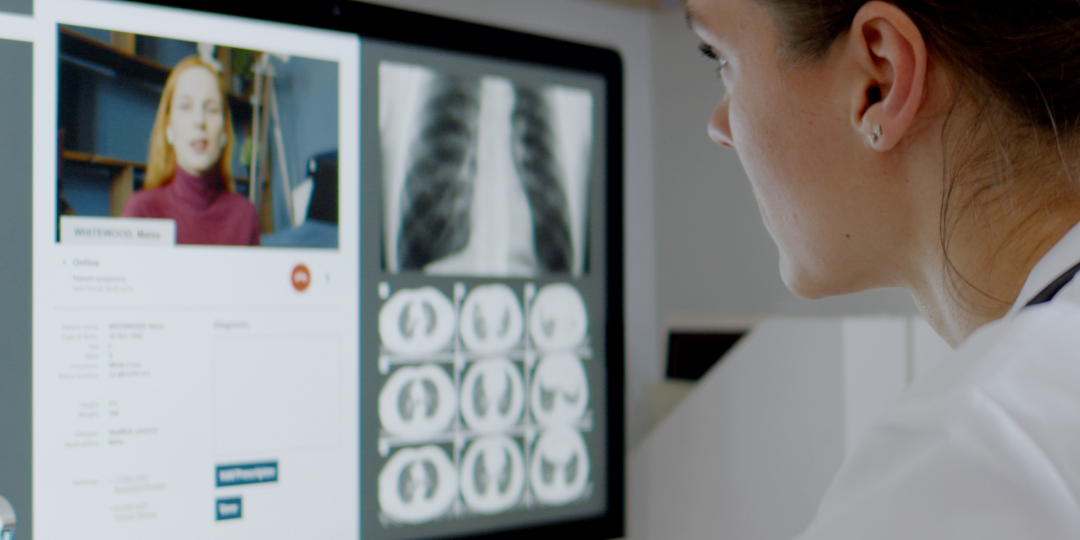In the realm of healthcare, telehealth and telemedicine have reshaped patient care and accessibility. As we start the new year, one pivotal question looms: Will telehealth continue in 2024? We’ll break down the complexities of telehealth adoption and openly address the challenges, offering a reader-friendly overview of the evolution toward an inclusive and technologically advanced healthcare landscape.
Table of Contents
Telehealth Policy Landscape
Understanding the telehealth policy landscape is like navigating the rules that guide how we access healthcare through technology. When it comes to receiving telehealth services, various policies, like the Medicare Physician Fee Schedule and the Consolidated Appropriations Act, shape the way healthcare is delivered. These policies have been especially important during the public health emergency caused by COVID-19, allowing more people to connect with healthcare professionals without going to a physical location.
In this landscape, terms like evaluation and management, CPT codes, and mental health services play key roles. Imagine discussing your health concerns with a doctor via video call—telehealth makes that possible. Policies also cover audio-only consultations, making it easier for individuals, especially in rural areas, to get the care they need. The rules around prescribing controlled substances and the involvement of the Drug Enforcement Administration ensure that telehealth is safe and effective. The Centers for Medicare & Medicaid Services (CMS) are instrumental in shaping these policies, ensuring that healthcare reaches where the patient is located. Essentially, these policies are like a roadmap, guiding the way to a more accessible and comprehensive healthcare experience for everyone.

The Positive Impact on the Healthcare Industry
Telehealth is revolutionizing healthcare, bringing positive changes that touch all aspects of our well-being. This transformation is not just about medical codes or complex evaluations; it’s about making healthcare accessible to everyone, no matter where they are.
Improved Accessibility
Telehealth breaks down geographical barriers, allowing individuals in remote or underserved areas to access healthcare services without the need to travel long distances. This is particularly beneficial for those residing in rural regions with limited healthcare facilities. It also connects healthcare providers with underserved communities, ensuring that even those in areas with limited medical resources receive the necessary care.
Enhanced Efficiency
Telehealth simplifies the process of scheduling appointments and conducting follow-ups, eliminating the need for complex logistics. Patients also experience reduced appointment wait times, resulting in a more streamlined and time-effective healthcare experience for all parties involved.
Cost-Effectiveness
Telehealth decreases healthcare costs for providers and patients by minimizing overhead expenses associated with in-person visits. Additionally, patients can save on travel costs and potentially lost work hours, making healthcare more economically feasible for providers and individuals.
Empowering Patients
Telehealth fosters greater patient engagement by giving individuals easier access to healthcare resources, information, and consultations. Telehealth also promotes self-management through tools that empower patients to actively manage their health. From monitoring vital signs to accessing educational resources, telehealth equips individuals with the tools to better manage their health conditions.
Personalized Care
Telehealth enables healthcare providers to tailor treatment plans according to the individual needs and preferences of each patient, contributing to more effective and patient-centric healthcare delivery.
Improving Health Outcomes
Telehealth facilitates early detection of health issues through remote consultations and monitoring, enabling timely intervention and potentially preventing the progression of certain health conditions.
For individuals managing chronic diseases, telehealth offers continuous support and monitoring, enhancing the overall effectiveness of chronic disease management strategies. This approach contributes to better health outcomes and improved quality of life.

Telehealth Challenges and Solutions
While telehealth brings numerous benefits, it also faces its share of challenges, including some of the following.
Challenges in Telehealth Adoption
- Ensuring Universal Access. A significant hurdle is guaranteeing that everyone, regardless of location, can easily access telehealth services.
- Navigating Complexity. The intricacies of evaluation and management, along with CPT codes, pose challenges for both healthcare providers and patients in the virtual healthcare landscape.
- Safety Considerations. Issues related to audio-only consultations and prescribing controlled substances required careful consideration to uphold safety standards.
- Technology Disparities. Disparities in technology access can hinder certain demographics, impacting their ability to receive telehealth services.
Solutions to Telehealth Challenges
- Addressing Technology Disparities. Solutions involve addressing disparities in technology access to ensure equitable telehealth services for all.
- Refining Policies. Ongoing refinement of policies is necessary to simplify processes and overcome the complexities associated with telehealth adoption.
- Support for Healthcare Providers. Providing support for healthcare providers is crucial to help them adapt to the changing telehealth landscape.
Humanizing Healthcare
The trajectory of telehealth will continue in 2024 and beyond. The pivotal role played by policies like the Medicare Physician Fee Schedule, the Consolidated Appropriations Act, and ongoing efforts by CMS reflects a commitment to fostering an inclusive and technologically advanced healthcare environment. As we navigate the complexities of evaluation and management, CPT codes, and the various components of telehealth, the efforts toward overcoming challenges and embracing solutions indicate a promising future for accessible, patient-centered healthcare.
Hamid Razavi Ph.D., CEO of Hillcroft Physicians, stands at the forefront of telehealth innovation, offering a seamless and patient-friendly telehealth experience. They are committed to providing high-quality healthcare services that extend to the virtual realm, ensuring patients can connect with their dedicated healthcare professionals.
